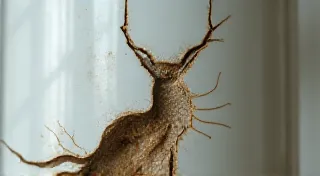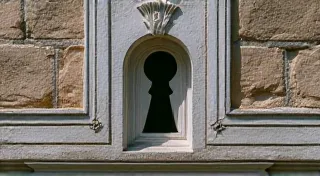Silvered Dreams: The Evolution of Silver Hair Comb Design Across Eras
There's a particular magic held within vintage hair combs, especially those crafted from silver. They aren't merely functional accessories; they'd been tangible expressions of elegance, aspiration, and artistry, whispering stories of the women who wore them. As a collector, I’ve found myself drawn not just to the beauty of these objects, but to the echoes of a bygone era they represent – the laughter, the dances, the quiet moments of preparation for a grand occasion. To truly appreciate these heirlooms, it’s fascinating to trace their stylistic journey across the decades, observing how silver hair comb design subtly, and sometimes dramatically, reflected the changing tides of fashion and cultural sentiment. Understanding the evolution of these objects offers a unique window into the social and aesthetic values of each period, revealing how even seemingly small items can tell profound stories.
The Victorian Embrace: Romanticism in Silver
The Victorian era (roughly 1837-1901) was a period of extraordinary ornamentation, and hair combs were no exception. Silver combs of this time weren't just about keeping hair in place; they were miniature canvases for storytelling. The dominant aesthetic was romantic: think swirling floral motifs, delicate vines, and representations of natural elements like birds, butterflies, and leaves. The rise of the jet jewelry craze influenced silverwork too – often, silver combs would be darkened to mimic the somber elegance of jet.
Craftsmanship was paramount. Filigree, a technique of twisting and soldering fine silver wire into intricate patterns, was widely employed. Repoussé, a method of hammering silver from the reverse side to create raised designs, added depth and texture. Many combs featured applied silver elements, such as tiny pearls, seed pearls, or colored glass, further enriching their visual appeal. The quality of the silver itself mattered – sterling silver was, and remains, the gold standard. These combs were often cherished possessions, passed down through generations, marking significant milestones in a woman's life. Their enduring appeal demonstrates the powerful connection between objects, memory, and family history. The care required to preserve these delicate pieces echoes the reverence they were given by their original owners; understanding the considerations involved in responsible acquisition and preservation is something every collector should consider. For those new to the world of antique collecting, it's a journey worth embarking on.
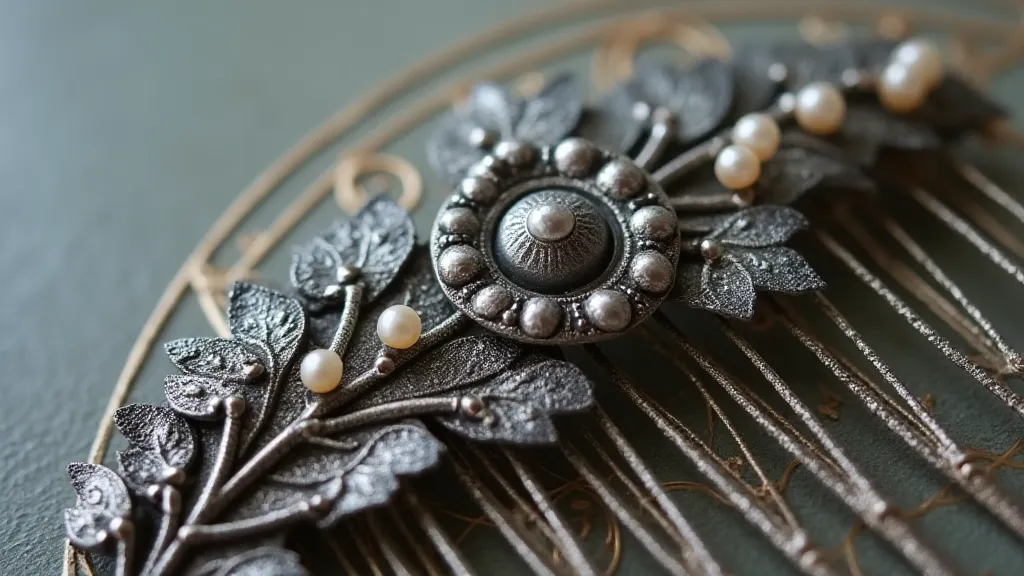
My grandmother owned a particularly exquisite Victorian comb – a large, ornate piece with a central cluster of silver roses, each petal painstakingly crafted. I remember the feel of it in my hands, the coolness of the silver against my skin. She never wore it often, reserving it for special occasions. Seeing it now, decades later, it’s not just a comb; it's a tangible connection to my family history, a reminder of her grace and elegance. Just thinking about it makes me want to dive deeper into the stories behind such treasured heirlooms. It truly emphasizes the value of understanding the context and significance of each piece.
The Edwardian Era: A Lighter Touch
The Edwardian period (1901-1910) saw a shift away from the heavier, more somber aesthetic of the Victorian era. A lighter, more airy style prevailed, reflecting a societal yearning for optimism and a break from the past. Silver hair combs mirrored this change. While Victorian combs often felt substantial, Edwardian combs tended to be more delicate and refined.
The use of pierced silverwork became increasingly popular, creating a lacelike quality that allowed light to pass through. Openwork designs, featuring intricate geometric patterns and stylized floral motifs, were common. Diamonds and other precious stones were incorporated more frequently, reflecting a growing prosperity and a desire for opulent displays. The “hobnail” pattern, a type of engraved silverwork creating a textured, diamond-shaped surface, also gained prominence. The influence of various materials is fascinating, and highlights how the perceived value and aesthetics of objects can shift over time.
One notable trend was the use of silver and enamel combinations, where silver was combined with vibrant, translucent enamel to create colorful and eye-catching designs. These combs were often smaller and more practical than their Victorian predecessors, reflecting the changing hairstyles of the time – higher, more sculpted updos became fashionable, requiring smaller, more discreet accessories. The sheer variety of materials employed, and the techniques required to manipulate them, is testament to the skill and artistry of the period’s craftspeople.
The Art Deco Radiance: Geometry and Glamour
The Art Deco period (1920s-1930s) represented a dramatic departure from the flowing, organic forms of the preceding eras. Inspired by modernism, cubism, and ancient Egyptian art, Art Deco design embraced geometric shapes, bold lines, and luxurious materials. Silver hair combs perfectly embodied this new aesthetic.
Forget the delicate vines and floral motifs of the Victorian era. Art Deco combs were all about strong, symmetrical patterns – stepped pyramids, sunbursts, and stylized geometric shapes. Silver was often paired with materials like onyx, jade, and bakelite to create striking contrasts and a sense of luxury. The “machine age” influence is undeniable – the designs are clean, precise, and exude a sense of modernity. Understanding the broader context of Art Deco design requires appreciating the changing views on beauty and the embrace of industrial progress. For a deeper exploration of the principles of this influential style, exploring The Geometry of Elegance: Deconstructing the Art Deco Hair Comb offers a comprehensive overview.
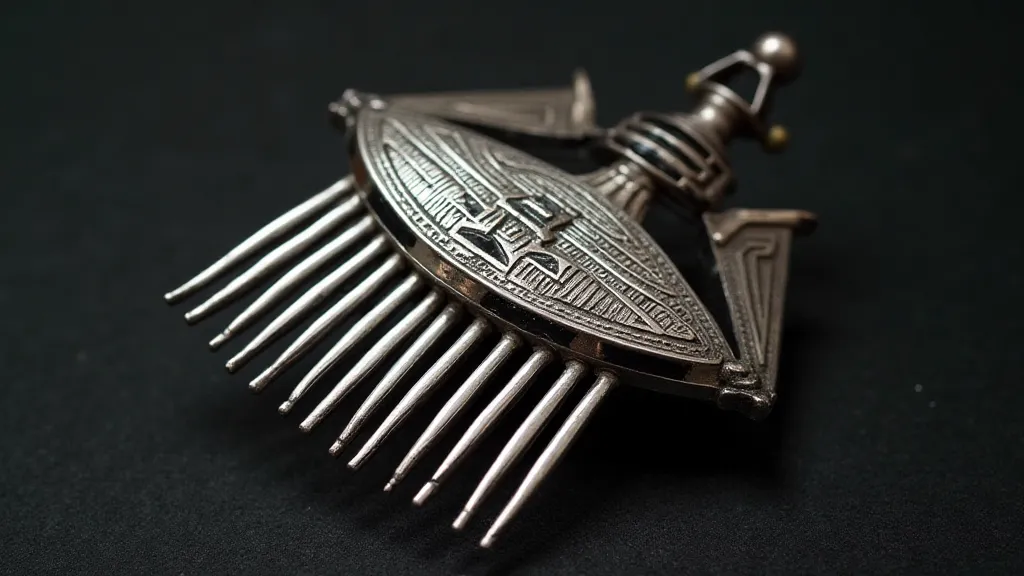
The 1920s roared with a newfound freedom, and fashion reflected that. Short, bobbed hairstyles became incredibly popular, necessitating hair combs that could anchor these sleek styles. Many Art Deco combs were smaller and more streamlined than those of earlier periods, perfectly suited for the bobbed hair. The incorporation of enamel, often in striking geometric patterns and contrasting colors, continued to be a key characteristic. The value placed on different materials during this era is also quite telling, highlighting the evolving tastes and priorities of the time.
Beyond the Eras: Materials and Craftsmanship
The evolution of silver hair comb design isn's solely about stylistic shifts. It's also intrinsically linked to the materials used and the craftsmanship employed. From the intricate filigree work of the Victorian era to the clean lines of Art Deco, each period demanded specific skills and techniques. The quality of silver itself has fluctuated over time, impacting the appearance and longevity of these pieces. Knowing how to differentiate between various types of silver and identify hallmarks is crucial for any collector. The responsible acquisition and preservation of vintage combs extends beyond recognizing hallmarks; it requires a broader understanding of the materials, their properties, and the potential challenges in maintaining their integrity. The Collector’s Oath: Responsible Acquisition and Preservation of Vintage Combs explores these essential considerations in detail, equipping collectors with the knowledge and principles for ethical and sustainable collecting practices.
Caring for and Collecting Vintage Silver Combs
Collecting vintage silver hair combs is a truly rewarding hobby. Beyond the aesthetic appreciation, it’s a journey through history, a tactile connection to the past. When acquiring these treasures, authenticity is paramount. Look for hallmarks – small stamps indicating the silver's purity and often the maker's mark. Sterling silver is typically marked with “925” or “Sterling.” Recognizing these marks, and understanding their significance, is a critical step in assessing the value and authenticity of a piece.
Restoration is a delicate process. Avoid harsh chemicals that can damage the silver. Gentle cleaning with a silver polishing cloth is usually sufficient. Tarnishing is inevitable, and often adds to the charm of an antique. Over-polishing can remove the patina and diminish the piece’s character. If an item is particularly valuable or fragile, it's best to consult a professional conservator. The challenges involved in restoring antique silver, and the expertise needed to avoid causing irreversible damage, are significant. A careful and considered approach is always best, prioritizing preservation over superficial restoration. The complexity of dealing with different materials and techniques becomes apparent when examining the broader picture. Examining Beyond the Surface: Identifying and Appraising Rare Antique Comb Materials provides valuable insights into the intricate details that distinguish valuable pieces.
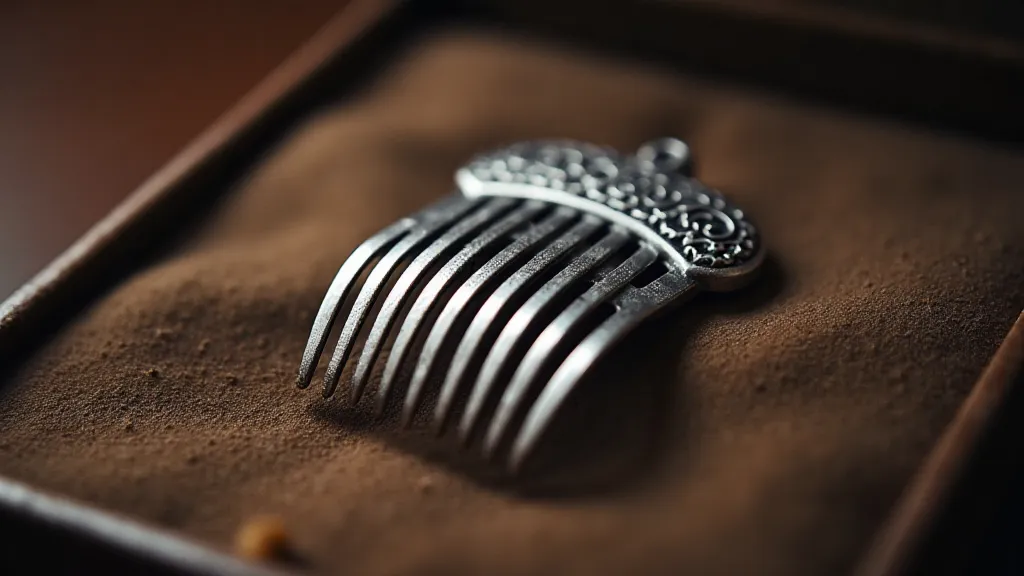
The value of vintage silver hair combs varies greatly depending on factors such as age, silver purity, design complexity, craftsmanship, and condition. Victorian combs are often highly sought after due to their intricate designs and historical significance. Art Deco combs, particularly those featuring rare materials or distinctive designs, can also command high prices. Ultimately, the most valuable aspect of collecting these beautiful objects is the joy of owning a piece of history and appreciating the artistry of a bygone era – a silvered dream captured in miniature.
